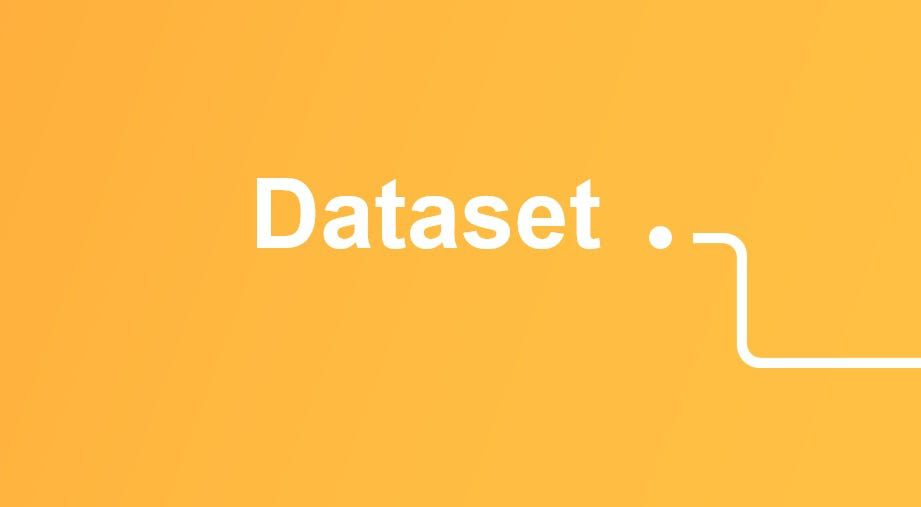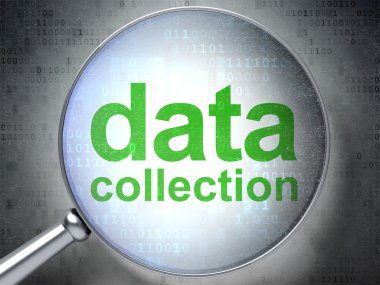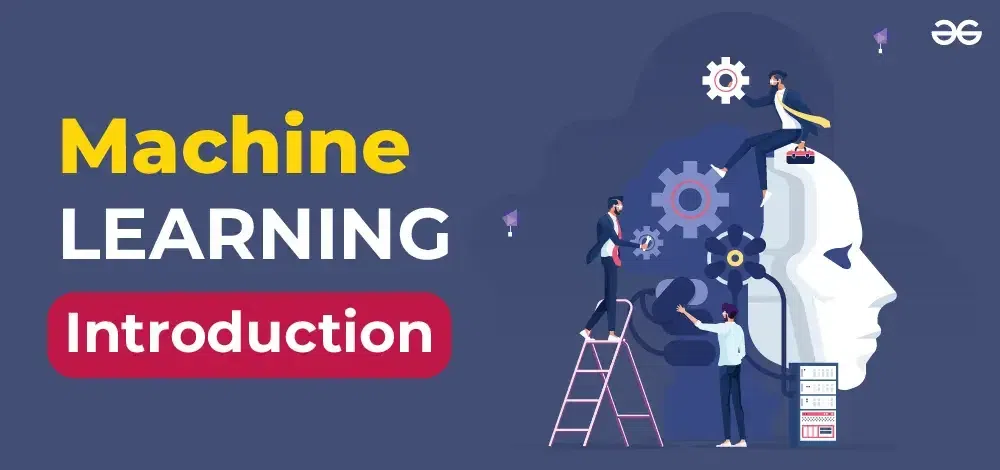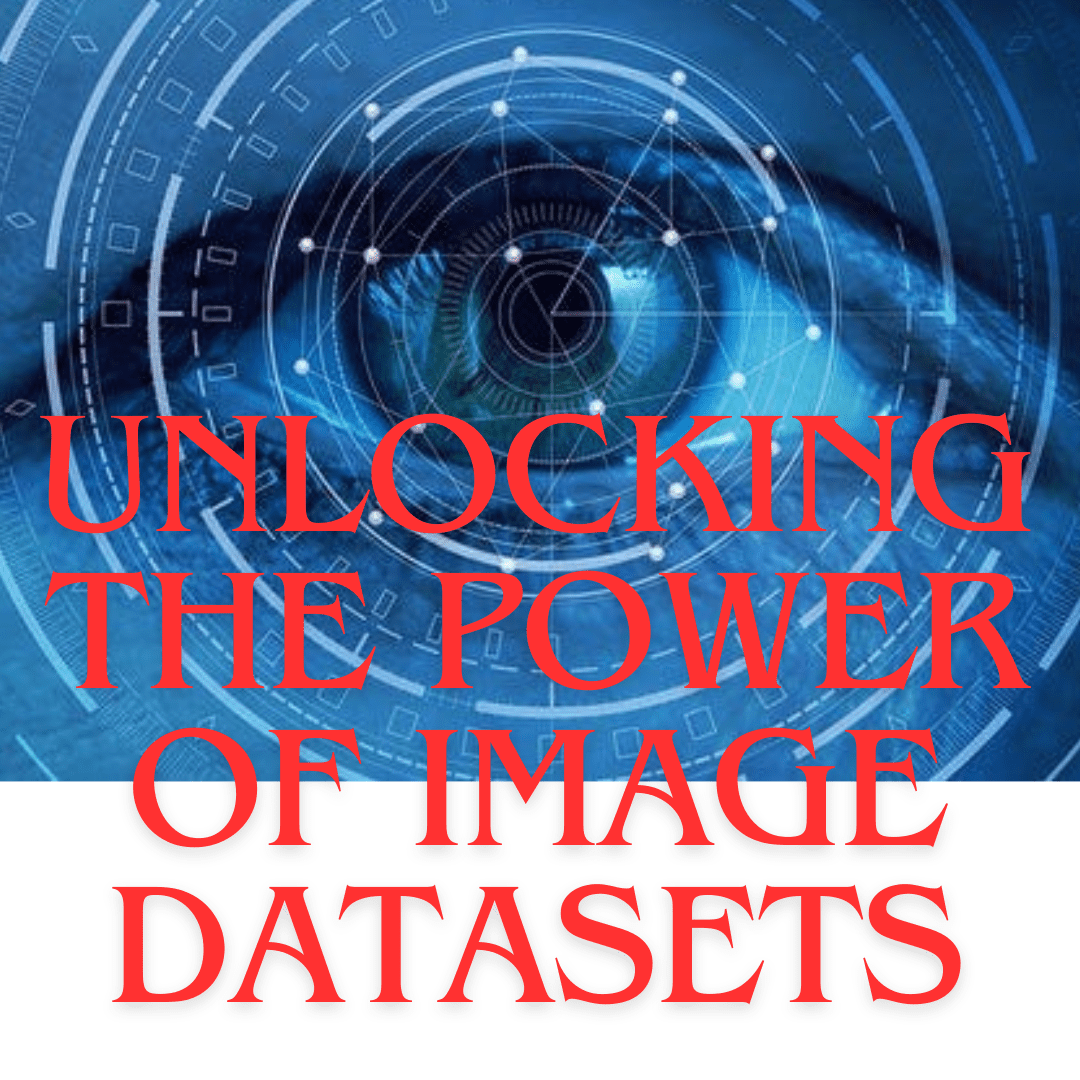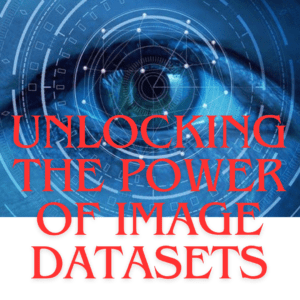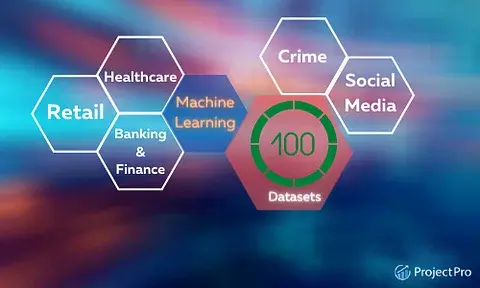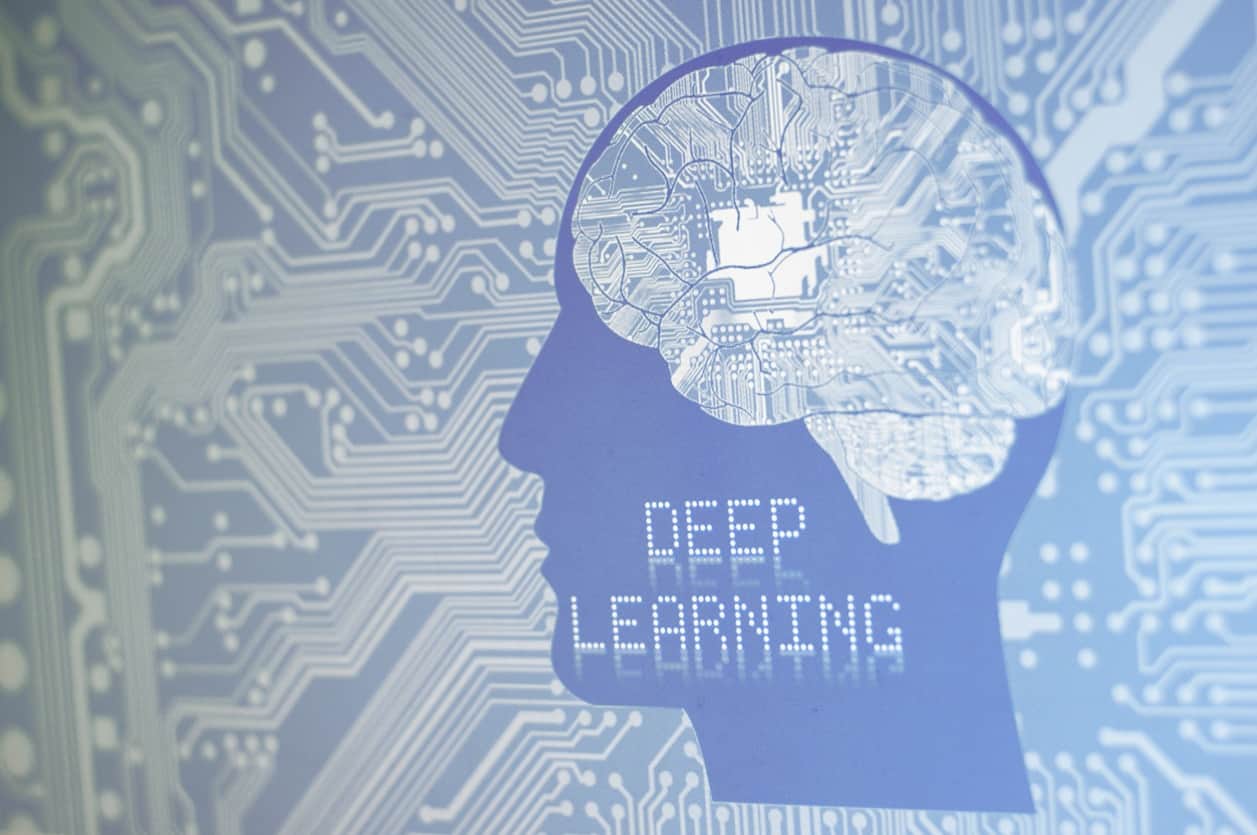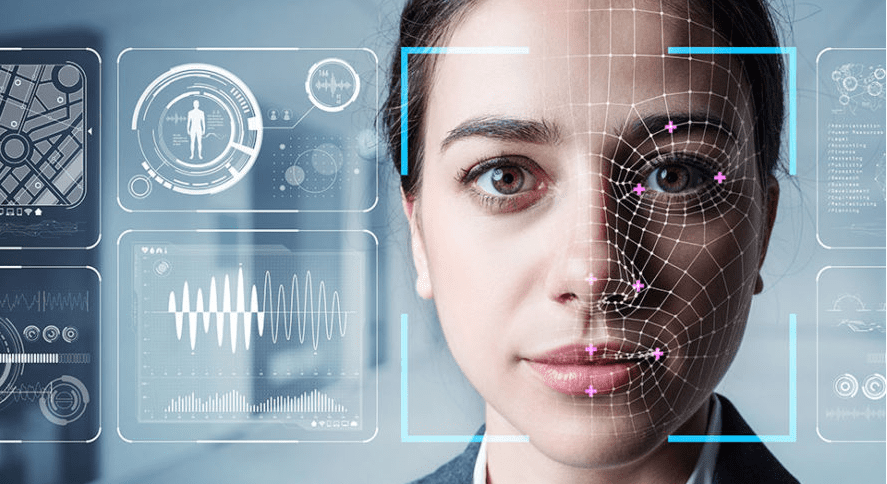Unlocking the Power of Image Datasets: A Comprehensive Guide for Data Scientists in 2023
Unlocking the potential of a comprehensive image dataset is a game-changer for data scientists in 2023. From fueling machine learning models to extracting invaluable insights, the power of meticulously curated image datasets cannot be overstated. In this guide, we delve into the nuances of harnessing this power, providing expert insights and practical tips for data scientists aiming to leverage image data effectively. We explore the latest techniques, tools, and best practices for handling image datasets, empowering data scientists to propel their projects to new heights. Whether you’re a seasoned professional or a budding enthusiast, this guide equips you with the knowledge needed to navigate the intricacies of image datasets with confidence. Join us as we embark on a transformative journey through the realm of image data, unlocking its full potential and revolutionizing the way data scientists approach their projects in 2023.
